There can be your advertisement
300x150
Designing Accessible Hospitality Environments: Creating an Inclusive Space for Guests
In recent years, the importance of accessibility and inclusivity in various aspects of our lives has gained increasing recognition, including in the design of public spaces. The focus on creating inclusive environments has become especially crucial within the hospitality industry. Designing hotels, restaurants, and other hospitality venues with accessibility in mind not only meets the needs of people with disabilities but also benefits a broad range of guests. This article explores the significance of accessible design in hospitality and key principles that can guide the creation of truly inclusive environments.
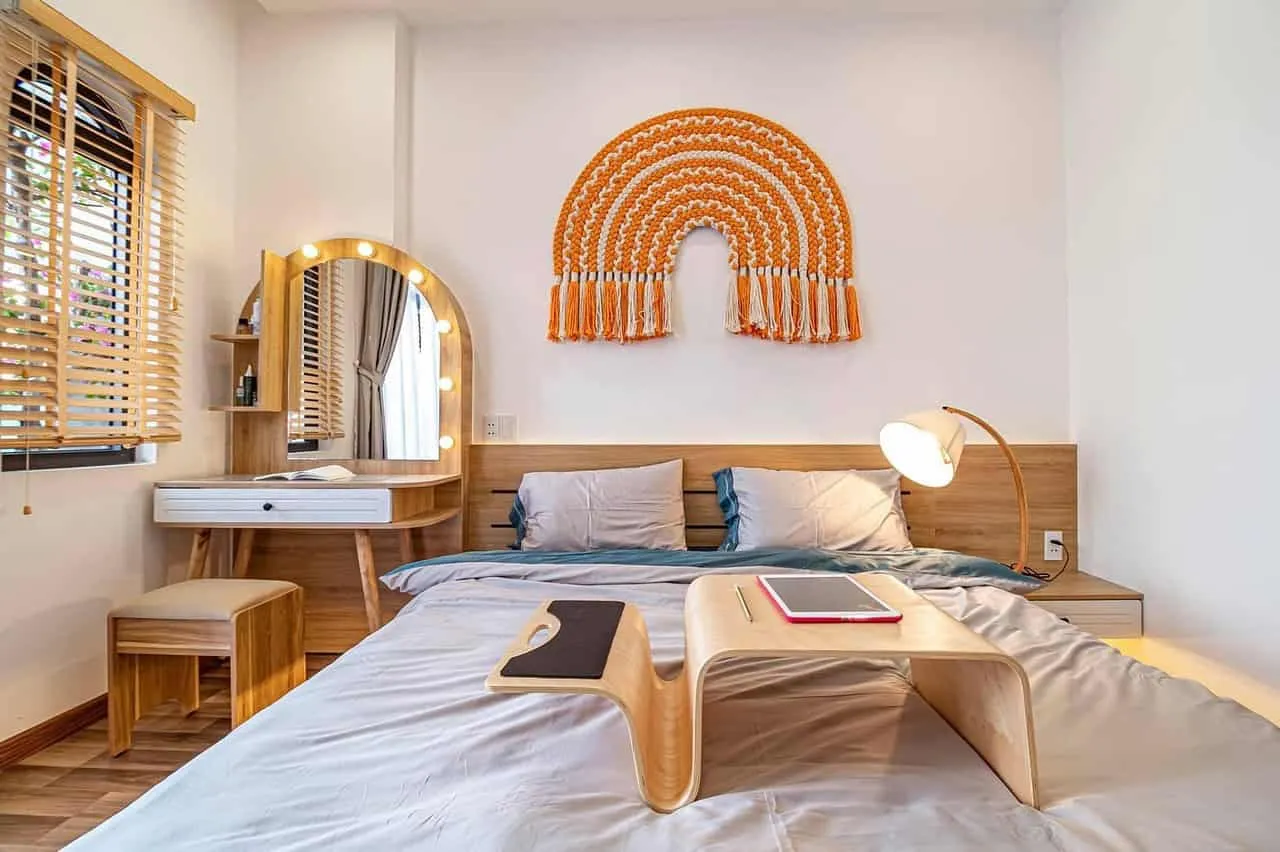
Understanding the Importance of Accessibility in Hospitality
Accessibility in hospitality refers to designing and providing facilities and services adapted for people with various physical, sensory, and cognitive abilities. These adaptations aim to ensure full participation and enjoyment for all guests of a hotel or restaurant without barriers or exclusion. The importance of accessibility in hospitality goes beyond legal compliance; it is a matter of embracing diversity, promoting social integration, and delivering an exceptional guest experience. Through well-known companies in hospitality design that create inclusive environments, the hospitality industry can tap into a broader market of potential customers and gain a competitive advantage. According to the World Health Organization, about 15% of the world's population lives with some form of disability, making them a significant market segment that should not be ignored.
Key Principles for Designing Inclusive Hospitality Environments
1. Universal Design: Embracing Diversity from the Start
Universal design is a core principle aimed at creating spaces, products, and services suitable for use by all people regardless of age, body size, abilities, or limitations. Incorporating universal design principles early in the planning stages of hospitality projects allows designers to integrate accessibility features seamlessly into the overall aesthetics and functionality of the space. Universal design often includes flexible and adaptable spaces that can be easily modified to meet the needs of various individuals.
2. Accessible Entrances and Passages
An essential aspect of designing an inclusive hospitality environment is ensuring accessible entrances and passages. There should be unobstructed access to the main building entrance, including ramps or elevators for guests using mobility aids. Wide corridors and clear pathways must be maintained within the space to facilitate easy movement for wheelchair users and people with visual impairments.
3. Thoughtful Room Design and Layout
Hotel rooms should be designed with accessibility in mind to ensure guests with disabilities feel comfortable and pleased during their stay. Features such as lower bed heights, grab bars in bathrooms, and accessible storage areas contribute to the overall comfort of the space. Additionally, providing visual and tactile information options such as Braille signage and large-print materials enhances the experience for guests with vision impairments.
4. Inclusive Restroom Facilities
Restrooms should be designed to meet the needs of people with disabilities. This includes accessible stalls with reliable grab bars, sufficient space for wheelchair maneuvering, and washbasins at adjustable heights. Installing changing table facilities in both accessible and standard restrooms is another way to demonstrate inclusivity, meeting the needs of all visitors.
5. Assistive Technologies and Communication Aids
Including assistive technologies and communication aids in hospitality spaces can significantly improve the experience for guests with hearing, vision, or cognitive impairments. Examples include:
- Hearing loop systems in public areas.
- Visual alerts for emergency notifications.
- Hearing aids and assistive listening devices at events and meetings.
In the digital age, accessibility extends beyond physical spaces into the digital realm. Hospitality businesses should prioritize ensuring their websites and digital content are accessible to all users. This includes using alternative text for images, providing subtitles to videos, and ensuring website navigation can be done via keyboard for those who cannot use a mouse.
6. Staff Training and Awareness
Creating an inclusive hospitality environment is not solely dependent on physical design; staff attitudes and actions are equally important. Providing comprehensive training for staff on disability awareness, etiquette, and best practices in serving guests with disabilities ensures that all guests feel welcomed and respected. Regular audits and feedback mechanisms should be established to continuously improve accessibility features. Gathering input from guests with disabilities and incorporating their suggestions into future renovations or updates demonstrates a commitment to ongoing inclusivity and accessibility.

Designing with accessibility in mind within the hospitality industry is both a moral obligation and a strategic decision that can lead to business success. By embracing universal design principles, creating accessible entrances and passageways, developing thoughtful hotel rooms, and implementing assistive technologies, the hospitality industry can create spaces that meet the needs of all guests. Furthermore, staff training and ensuring website accessibility demonstrate a commitment to inclusivity. As the world becomes more aware of the importance of accessibility, hospitality enterprises that embrace and prioritize inclusive design will undoubtedly thrive in a competitive market by creating a sense of belonging and comfort for all guests.
More articles:
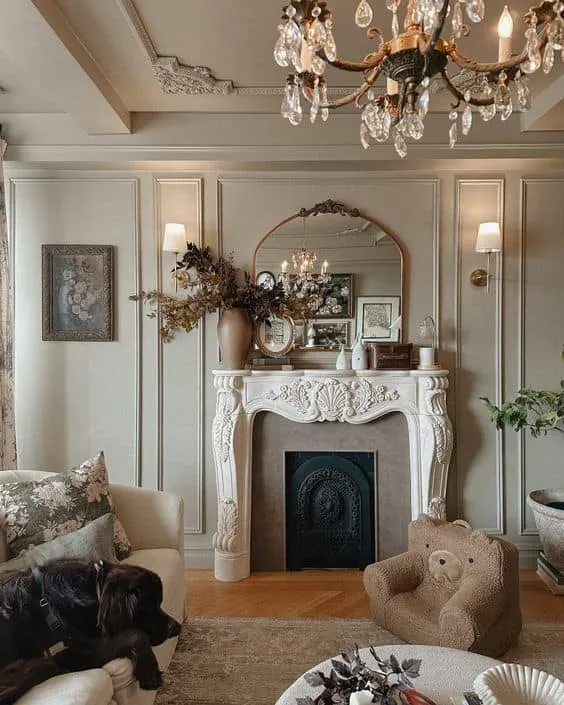 Decorating Home with Ethereal Elements and Airy Accents
Decorating Home with Ethereal Elements and Airy Accents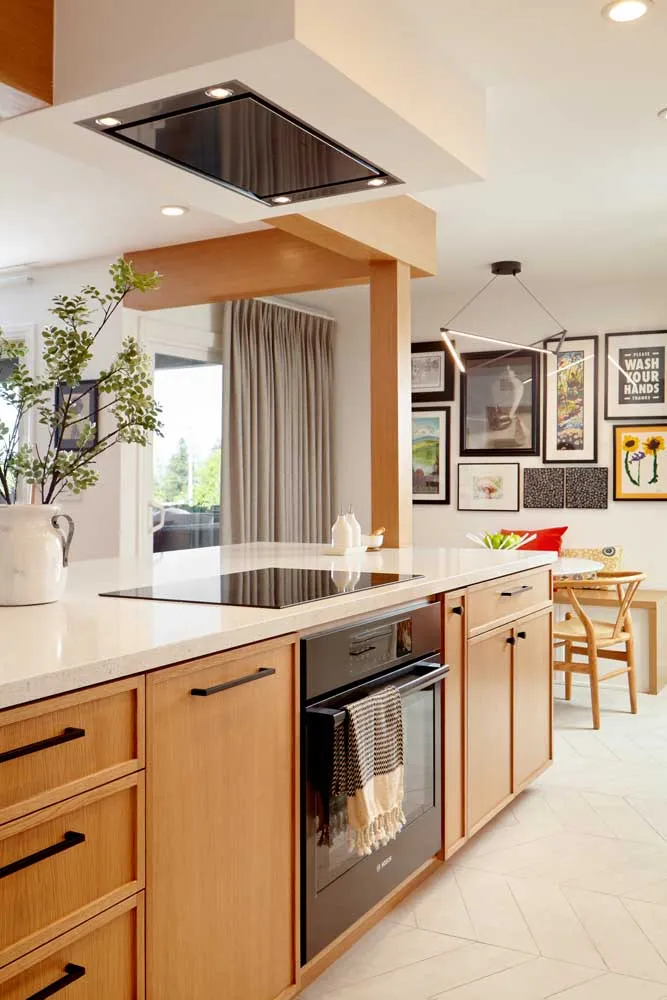 Ideas for Decorating with Built-in Stove
Ideas for Decorating with Built-in Stove Ideas for Interior Decoration Using Navy Blue Color as a Main Element
Ideas for Interior Decoration Using Navy Blue Color as a Main Element Secrets of Decorating You Can Apply in Your Home
Secrets of Decorating You Can Apply in Your Home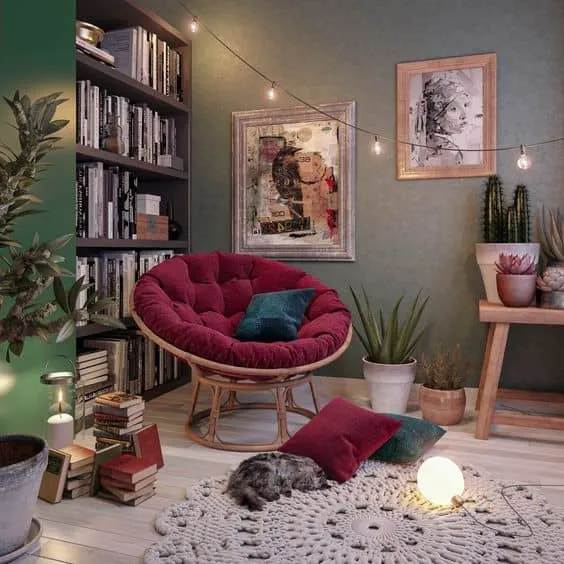 Tips for Decorating a Reading Corner in the Living Room
Tips for Decorating a Reading Corner in the Living Room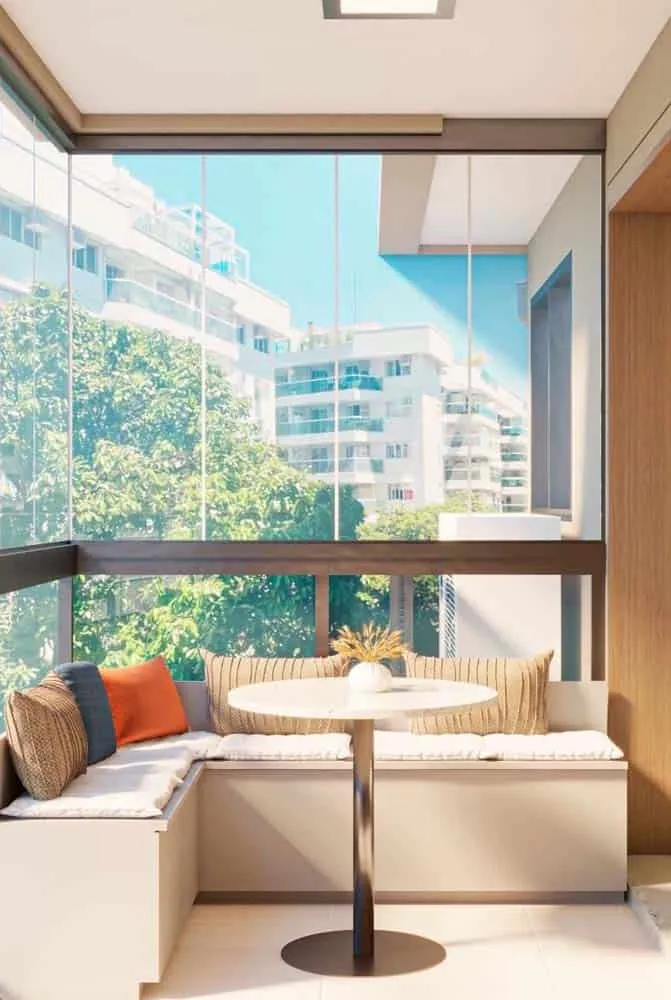 Tips for Installing a German Corner in Home Conditions
Tips for Installing a German Corner in Home Conditions Home Decoration Ideas with Tapestry
Home Decoration Ideas with Tapestry FURNISHING A RUSTIC KITCHEN - EVERYTHING YOU NEED TO KNOW
FURNISHING A RUSTIC KITCHEN - EVERYTHING YOU NEED TO KNOW